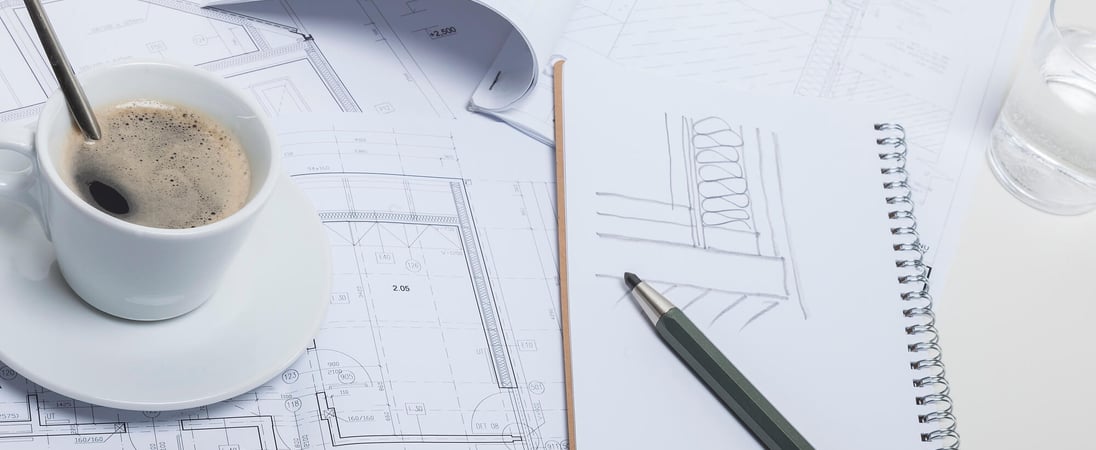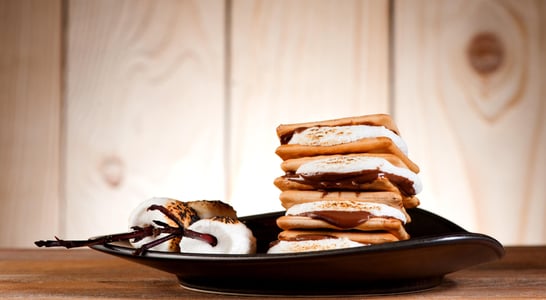
Mechanical Pencil Day
Make a point to use mechanical pencils in your daily work, or donate some to school districts and charities that help schoolkids with these necessary supplies.
Mechanical pencils have so many uses in the workplace. People use pencils every day to calculate payroll, write letters, and complete their work. Students especially use them in schools to do their homework and get good grades.
While much of the world has moved towards digital format, mechanical pencils make writing and design easier than ever before.
Mechanical Pencil Day celebrates the history of these pencils and encourages people to celebrate mechanical pencils and their many uses in our daily lives.
How to Celebrate Mechanical Pencil Day
Celebrate Mechanical Pencil Day by reading up on the inventors of these fantastic pencils. Read up on the story of different companies such as BIC, Paper-mate, and Pentel.
Take the time today to use mechanical pencils in whatever field of work you do. Give out pencils to your local schools for free and help students get through their schools easier.
Also, give them out to your friends and family, tell your friends and family members about this holiday and educate them about the history of mechanical pencils.
History of Mechanical Pencil Day
Pencils were created around the time that graphite deposits were being discovered in Europe during the early 16th century.
The first primitive design of the pencil was invented in 1565 by Conrad Gesner, a naturalist, and bibliographer from Switzerland. These pencils were graphite sticks wrapped in string and later were designed with wood so it could be sharpened.
The first mechanical pencil that had tools to move the lead instead of manually sharpening the lead was patented in 1822 by Sampson Mordan and John Isaac Hawkins in Britain. From there, multiple companies began to begin mass producing mechanical pencils.
Mechanical pencils now operate by three types of methods; rachet-based, clutch-based, and screw-based. Today, mechanical pencils have different varieties of lead width and have multiple frames, including plastic, metal, and wood. These pencils are used for writing, but can also be used for art and design.
Due to the slick nature of the mechanical pencil, people now have the ability to create fine details and don’t have to use a pencil sharper. Mechanical Pencil Day celebrates the history of mechanical pencils and how it is today used in workplaces and schools all over the world.
People celebrate the holiday by collecting antique mechanical pencils, reading up on the history of these pencils, and appreciating its uses in daily life.
Mechanical Pencil Day FAQs
Did you know mechanical pencils are considered good luck charms in Japan?
In Japan, some students view mechanical pencils as lucky tools, particularly during exam season.
Certain pencil designs are imbued with symbols or colors believed to bring success.
For example, red pencils are popular for marking correct answers and encouraging positivity.
How have mechanical pencils influenced the art world?
Mechanical pencils are prized by artists for their precision. Manga illustrators in Japan often use fine mechanical pencil leads for initial sketches.
Similarly, architects and graphic designers rely on mechanical pencils for intricate designs and layouts.
What is the largest mechanical pencil ever made?
The largest functional mechanical pencil was created in Malaysia. It measured over 19 feet long and used a custom lead mechanism. The pencil was part of an art installation to celebrate stationery tools.
Are there mechanical pencils made entirely of unusual materials?
Yes, some mechanical pencils are made from unexpected materials like bamboo or titanium.
Bamboo pencils are eco-friendly and lightweight, while titanium models appeal to those seeking durability. These designs highlight creativity in everyday tools.
Do different countries prefer different lead thicknesses?
Yes, lead thickness preferences vary worldwide. In Japan, thin leads (0.3mm) are popular for detailed writing, especially kanji characters.
In the U.S., 0.5mm and 0.7mm are more common for general use, reflecting regional handwriting styles.
Why are mechanical pencils seen as an engineering marvel?
The mechanism inside mechanical pencils is an example of simple yet effective engineering.
Push-button designs distribute lead evenly without sharpening. Some models, like the Uni Kuru Toga, even rotate the lead as you write, maintaining a sharp point.
Are there luxury mechanical pencils?
High-end mechanical pencils exist, crafted by brands like Montblanc and Graf von Faber-Castell.
These models feature materials like gold, platinum, or rare woods. They’re popular among collectors and professionals who value craftsmanship.
What myths surround mechanical pencils?
A common myth is that mechanical pencils don’t last long. However, with proper care, they can endure for decades. Another misconception is that they’re entirely modern, though their origins date back to the 1820s.
Can mechanical pencils write in extreme conditions?
Certain mechanical pencils are built to withstand extreme conditions. Space-grade models can work in zero gravity, while others are designed for cold environments.
These adaptations make them versatile tools for adventurers and professionals.
How do people use mechanical pencils in unique ways?
Some people use mechanical pencils for crafting, such as carving miniature sculptures from the lead.
Others repurpose them as styluses for touchscreen devices. These unconventional uses highlight their versatility.
See what else is happening…
There’s always more going on every month at Days Of The Year. Here are our favorites this month!
Also on ...
View all holidaysNational Bikini Day
Hit the beach or lay out in the sun in your bikini on the anniversary of the invention of this ever-popular two-piece swimsuit in 1946. Don’t forget sunscreen!




